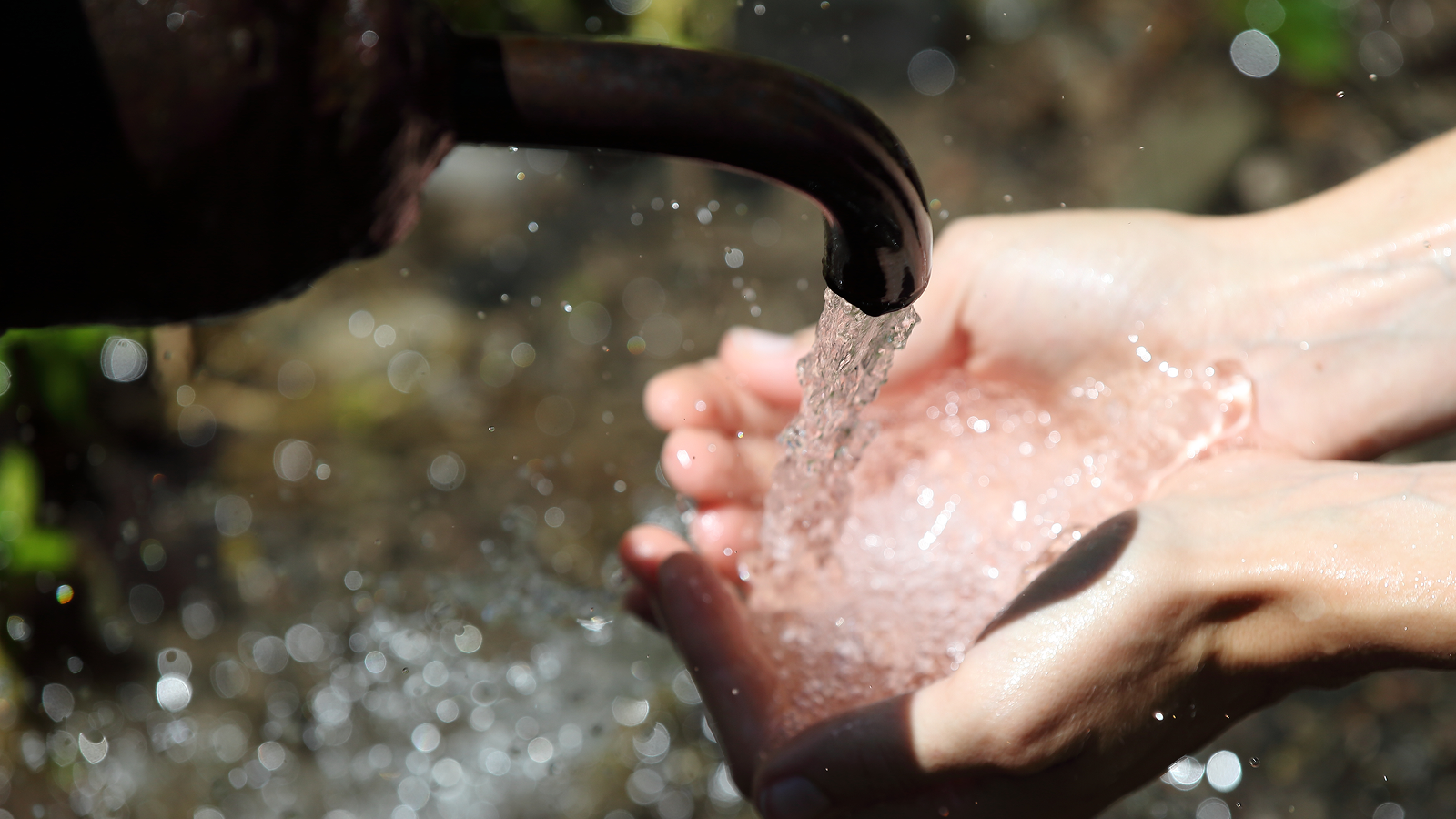CDC issues new guidelines for safely reopening schools
The guidelines are centered on five key "mitigation strategies" to reduce COVID-19 transmission in schools.

The Centers for Disease Control and Prevention (CDC) has released a detailed guide to safely reopen America's schools, some of which have been closed for in-person learning for nearly a year because of the COVID-19 pandemic.
The plan is centered on five key "mitigation strategies" to reduce COVID-19 transmission in schools: universal masking, physical distancing, hand washing, facility cleaning and improved ventilation, and contact tracing in combination with isolation of positive cases and quarantine of their contacts.
The guidelines, outlined in a document on the agency's website, also provide recommendations for the amount of in-person learning that can be achieved based on levels of community transmission of the coronavirus.
In a news conference on Friday (Feb. 12), CDC Director Dr. Rochelle Walensky emphasized that the agency wasn't mandating that schools reopen. "These recommendations simply provide schools a long-needed road map for how to do so safely," Walensky said.
Related: 20 of the worst epidemics and pandemics in history
Regular testing for COVID-19, and vaccinating teachers and staff provide "additional layers" of protection, but are not necessary to reopen schools safely, the agency said. However, Walensky stressed that the agency strongly encourages states to prioritize teachers and school staff for COVID-19 vaccinations.
The document includes a color-coded guide to help schools determine when and how to return to in-person learning based on levels of community transmission. In communities with low levels of transmission of COVID-19 — designated as "blue" or "yellow" zones — schools can open fully in-person with universal use of masks and physical distancing "to the greatest extent possible," although a 6-foot (3 meters) distance is not strictly required between students. (When physical distancing of at least 6 feet isn't feasible, the document notes that schools should ensure a 6-foot distance between "cohorts" or "pods" of students.) CDC defines low transmission as nine or fewer cases of COVID-19 per 100,000 people in the population and a test positivity rate of less than 5% in the past seven days.
Get the world’s most fascinating discoveries delivered straight to your inbox.
With higher levels of community transmission — designated as "orange" and "red" zones — elementary schools could operate with a "hybrid" of virtual and in-person learning and should require physical distancing of at least 6 feet for those who do attend in-person classes. Middle- and high-schools could also operate with a hybrid learning model in the orange zone, and even in the red zone if they conduct testing for COVID-19 once per week, the document advises.
Walensky noted that just 5% of counties in the U.S. currently have such low levels of transmission of COVID-19, while most counties fall into the orange and red zones.
The agency also released a scientific brief summarizing what is known about the spread of COVID-19 in schools. They note that school reopenings do not appear to be tied to significant community transmission, and that when outbreaks do occur, they often result from people not wearing their masks consistently, or or other relaxation in mitigation strategies. Staff-to-staff transmission of COVID-19 is more common than student-to-student or student-to-staff transmission, Walensky said.
Still, the higher the levels of COVID-19 in a community, the greater the likelihood that the disease will be brought into schools by children and staff.
"The safest way to open schools is to ensure there's as little disease as possible in the community," Walensky said. "Enabling schools to open and remain open is a shared responsibility."
Originally published on Live Science.

Rachael is a Live Science contributor, and was a former channel editor and senior writer for Live Science between 2010 and 2022. She has a master's degree in journalism from New York University's Science, Health and Environmental Reporting Program. She also holds a B.S. in molecular biology and an M.S. in biology from the University of California, San Diego. Her work has appeared in Scienceline, The Washington Post and Scientific American.
